What is the full form of PRIPRI: Primary Rate InterfacePRI stands for Primary Rate Interface. Multiple DS0 voice and data transmissions between the network and a user are carried via an Integrated Services Digital Network (ISDN) using the telecommunications interface standard known as the Primary Rate Interface (PRI). The industry standard for delivering telecom services to businesses and offices is PRI. The T1 line has a total bandwidth of 24x64 kbit/s, or 1.544 Mbit/s, and consists of 24 bearers (B) channels, 23 bearers (B) channels, and one data (D) channel for control. A total of 30 B- and 1 D-channels are offered by the E1 carrier for a 2.048 Mbit/s bandwidth. The E1's first timeslot is utilized for synchronization and isn't thought of as a B- or D-channel. On an E1, the D-channel normally uses timeslot 16, while on a T1, it uses timeslot 24. In fractional T1 or E1 services, there may be fewer active bearer channels, also known as user channels. 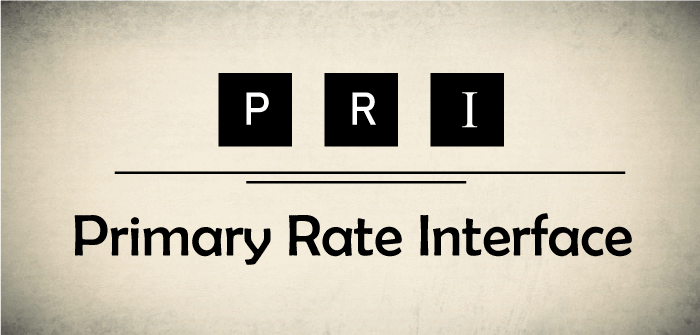
Types of ISDN ServicesTwo levels of service are required by the Integrated Services Digital Network (ISDN):
Data, telephony, and other services are carried out on each B-channel. Information for control and signalling is sent through the D-channel. Using PRI pairing, larger connections are available. Dual T1-PRIs typically feature 46 B-channels and 2 D-channels to provide a backup signalling channel. However, they can have 24 + 23 = 47 B-channels and 1 D-channel (sometimes referred to as "47B + D"). The idea also applies to E1, both can have more PRIs than two. It is feasible to use NFAS (non-facility associated signalling) to enable one or two D channels to support additional B-channels on different T1 circuits when setting several T1s as ISDN-PRIs. ApplicationTo give digital access to the Public Switched Telephone Network (PSTN), medium-sized and large firms using digital private branch exchange (PBX) telephone systems frequently employ the Primary Rate Interface channels (PSTN). The B channels can be adapted and reallocated for specialized applications like video conferences. Inbound calls to voice-over IP gateways from the PSTN are frequently delivered using PRI channels and direct inward dialling. 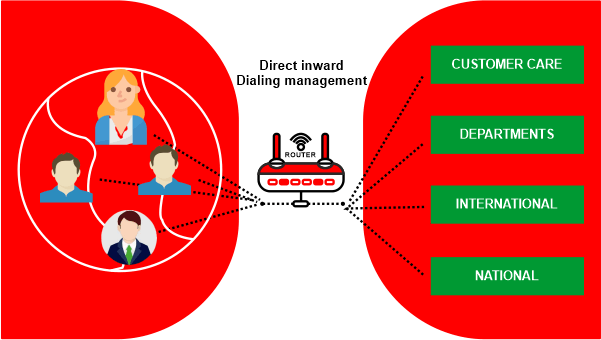
Consistencies of a PRI LineLet's start by examining some of a PRI's important aspects to gain a better idea of what it does and how it functions:
T1 vs. E1 in PRIThere are two types of PRI circuits: T1 and E1. These are the cables that physically connect your telecom system. Though there are certain technological distinctions to be aware of, the fundamental distinction between the two PRI circuits has much to do with geography. PRI's Capacity for UseThere's a good probability you interacted with a primary rate interface if you phoned a company in the past ten years (PRI). Take a step back and consider how the PRI functions professionally. Most company employees typically have their direct phone line, which allows a caller from the outside to speak with them directly. Each of these unique phone numbers does not imply a figuratively separate phone line connected to each person (note that there are exceptions to this, of course, such as in a contact centre setup). Actually, not at all. The major rate interface enters the picture at this point. A PRI can simultaneously manage up to 23 conversations (IMs, videos, etc.). A single PRI may be set up for a company's 23 users. Small- to medium-sized enterprises, however, stake their reputation on the idea that it's improbable that all 23 people would be engaged in a call (or chat, or whatever) simultaneously. In light of this, up to 50 users being allocated to a single PRI is common. This entails 50 separate phone numbers that can each support 23 simultaneous communications using the same PRI circuit. ExpansionA business is likelier to have 23 or more communications going on once more users are added. In this situation, an additional PRI circuit can be bought and added to the current system, enabling the transport of voice, data, or video over 23 channels. PRI AlternativesA few decades back. Primary rate interface technology undeniably altered how companies could communicate with customers. However, since then, improvements in telecommunications technology have cast a rather sharp spotlight on some of PRI's drawbacks. (In)flexibilityA primary rate interface in the US provides you with 23 channels to deal with. No possibility exists to add one or two channels as a firm gradually expands. Adding new channels still implies doing so in blocks of 23, even if a company grows quickly or accepts a big contract. Think about a little company. There is no need for 23 channels in a five- or six-person business. Imagine buying a 15-passenger van for a four-person family. In this instance, the business is paying for significantly more than they need. On the other hand, a huge organization or a medium-sized business faces various PRI issues. Multiple PRIs must be purchased to add many users (again, in chunks of 23 channels). Multiple site setups might be difficult. Other Choices Businesses are increasingly looking for PRI substitutes. There are many choices, but not all are appropriate for all businesses. Here are some further solutions. POTS Analog lines POTS stands for Plain old telephone service. We're referring to the traditional phone line that links every home and establishment. Your ancestors owned one. One belonged to your parents. Even at home, you might have POTS. POTS is frequently referred to as a landline or a PSTN in the residential setting. POTS offers a single analog circuit connecting the service provider and user. This indicates that a single phone call prevents the line from being used for other purposes, such as a fax or modem internet access. 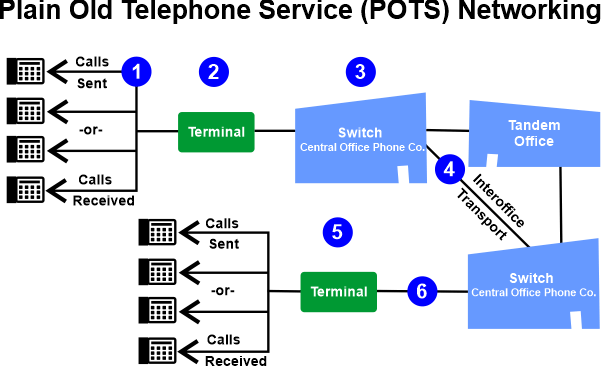
Analog POTS lines were once the standard for telephone communication. And if phone traffic is light today, it can still be an effective solution for a small business. Although POTS is often quite dependable, the technology has achieved its pinnacle. We'll start to notice POTS disappearing from the scene as alternative communications methods advance. SIP TrunkingThe SIP protocol, also known as SIP Trunking Session Initiation Protocol, is used to carry voice communications across data networks. A SIP session illustrates a voice-over IP (VoIP) call. SIP trunking resembles a POTS in certain ways (remember - plain old telephone service). However, SIP trunking eliminates the need for stray phone lines. As a result of the phone system's link to the service provider via your network, the "lines" are virtual (your internet connection). In the past, they regularly replaced POTS or PRI systems with SIP trunking. Depending on the size of the business, it can still be a good choice. Hosted VoIPMany companies of all sizes are switching to a hosted VoIP solution. Everything is hosted off-site with a hosted VoIP, commonly called a hosted PBX. The service provider manages the servers and software, hosts the service, and performs maintenance, upgrades, and troubleshooting. The service provider handles all back-end operations and routes calls, chats, video conferences, and other communications to the company's current phone system. A host VoIP system has several benefits. The company doesn't need to worry about purchasing pricey equipment, setting up and managing a large server, or updating the newest software. The service provider takes care of these things, which helps the company avoid wasting time, resources, and headaches. Comparison of SIP trunking, PRI, and hosted VoIPLet's examine VoIP, PRI, and SIP trunking, the three most well-liked telecommunications products currently available on the market. Which of the three stands out? We'll evaluate each according to this standard.
A phone system will likely be available with some form of initial outlay. Depending on the system you select, the cost of this investment varies greatly. 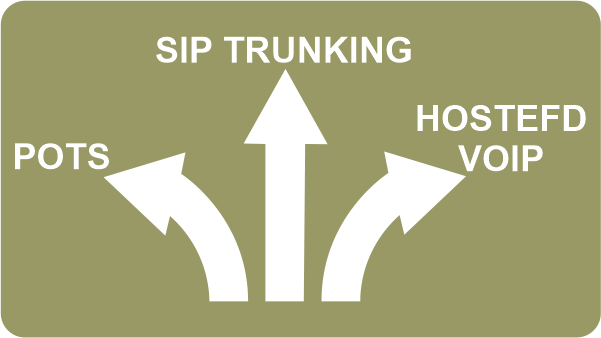
Hosted VoIPYou'll need VoIP phones, routers, and a high-speed (business-grade) broadband internet connection to set up a hosted VoIP system. The service provider oversees all other matters, including servers and software. Most businesses only need to purchase IP phones and routers because they already have business-grade broadband connectivity. This equipment is reasonably priced, and the vendor may even let you rent it in some situations. You initially save more money with this choice. Therefore, hosted VoIP setup fees are Low Trunking SIPAn onsite SIP server is required for SIP trunking. Furthermore, many companies use a different internet connection for SIP trunking, adding another monthly broadband fee. The server's initial price and continuing expenses can be high. We've prepared the pricing chart below to help you better understand how this can differ from hosted VoIP. Compared to hosted VoIP or PRI SIP trunk upfront costs, on-premise SIP start-up costs are significantly higher. 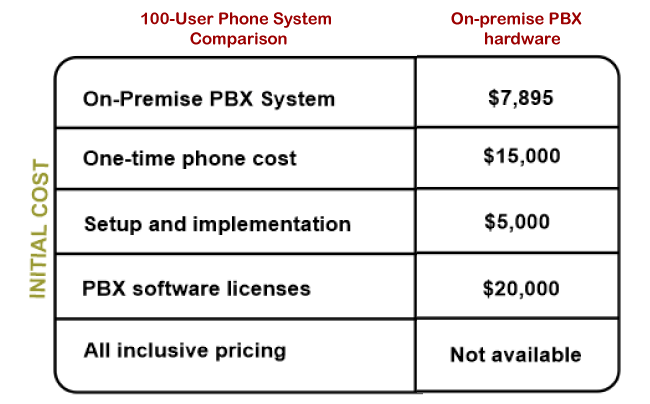
PRISince PRI lines have physical connections, onsite installation is necessary. Each required group of 23 channels will result in the installation of an additional PRI circuit. This could result in expensive communication costs if your firm needs multiple channels. A primary rate interface card is necessary if an IP PBX will be utilized with the PRI phone system. This may raise up-front expenditures. Initial expenditures for a PRI circuit are from moderate to high. Ongoing ExpensesA phone system has further costs in addition to the initial expenditure. Ongoing expenses, such as maintenance or monthly subscription fees, negatively impact your ROI. 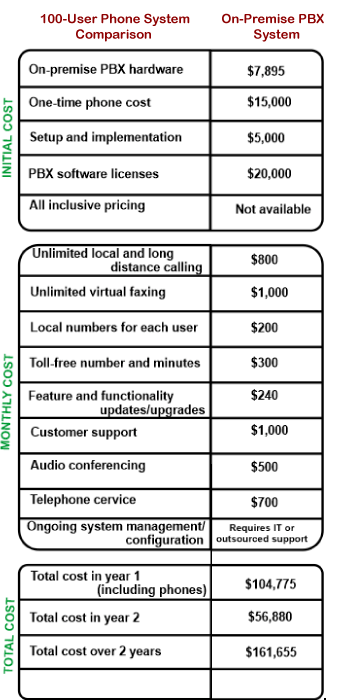
Online VoIPMost hosted VoIP services operate on a monthly membership cost schedule. They may charge this price per-user or per-block basis (for instance, 0-10 users at $xx per month). Pricing can also vary depending on the feature packages, which charge more per month for greater communication features. Hosted VoIP services may occasionally be billed at a flat rate per minute. Costs recurring for hosted VoIP are different i.e., Low to Medium Trunking SIPSIP trunking pricing is frequently handled by channel, with one channel equalling one call. There should be at least 25 channels available if 25 people will be talking on the phone at once. This means that companies must consider how many concurrent channels they'll require at any given time. The monthly fee is often a set sum per channel. Remembering the previous pricing table, let's estimate how much a corporation would pay for this on-premise system over a few years. Over two years, onsite PBX may be more expensive than hosted VoIP or PRI. SIP trunk recurring expenses are different i.e., from medium to high. 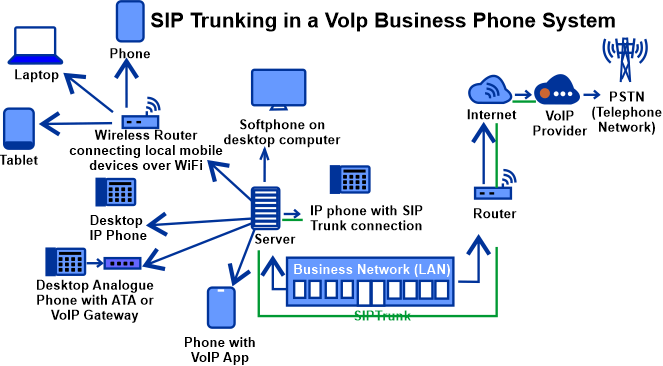
PRI PRI circuits have a monthly cost attached. In addition, the business will bear the expense of any onsite maintenance or troubleshooting. With a PRI system, calling long distances internationally is also rather expensive. PRI's ongoing expenses are moderate to high ConnectivityAs shown, various telecommunications solutions call for various types of hardware and software. As a result, the connections between each system are unique. Hosted VoIPVoice over IP is self-explanatory by its name (internet). The connection for hosted VoIP is entirely virtual. No phone cables link the company's location to its service provider or a landline. With hosted VoIP, the service provider serves as the host and manages all wires, connections, and cords. Connectivity for hosted VoIP: Virtual 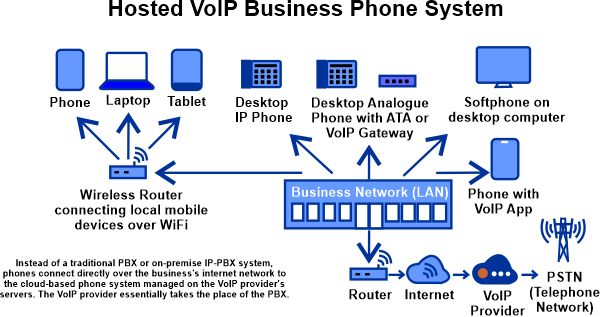
Trunking SIPSIP trunking functions similarly by creating a virtual connection across a company's internet connection. Analog phone lines are not required with a SIP connection. Connectivity for SIP trunks: Virtual PRIPRI circuits are actual hardware objects. You'll recall that these need to be installed on the customer's property and that each circuit offers 23 channels. A business must establish additional circuits if it requires more than 23 channels. The PRI connection is Physical. Protection and redundancyConsider redundancy and backup as "what happens in a disaster." Businesses need a system that can meet their needs during a disaster, whether something minor, like a power loss, or something severe, like a tornado. Online VoIPA hosted VoIP system is perfectly suited for any disaster plan due to its virtual character. Users can log in from anywhere in the physical office is not suitable. Calls can be redirected to a third party by the host or the company if this is not an option. VoIP service providers set up multiple host sites to prepare for calamities or outages. Service and hosting may easily be transferred over to another site if one goes offline.
Next TopicFull Forms List
|
 For Videos Join Our Youtube Channel: Join Now
For Videos Join Our Youtube Channel: Join Now
Feedback
- Send your Feedback to [email protected]
Help Others, Please Share










